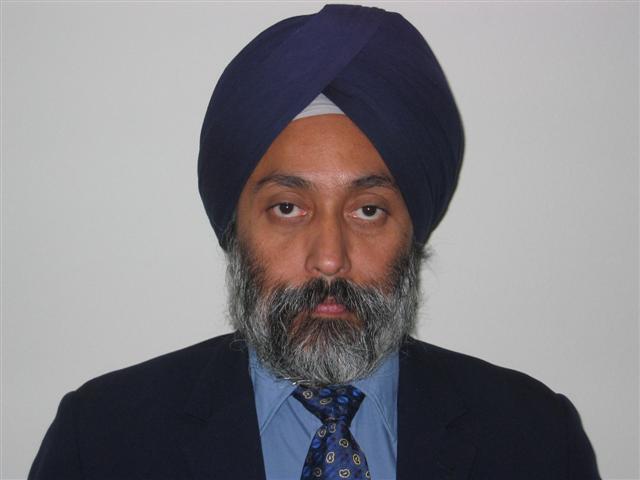System Maintenance occurs every Friday.
Focused Ion Beam (FIB) systems have been in existence for a little over two decades, but only within the past decade or so have they really made significant contributions in industry. In the early years, FIB systems were primarily used for mask repair. Now they are a boon to the semiconductor industry, the principle user and driving force for FIB development. FIB systems now have numerous important applications, such as carrying out device edits on prototype devices in order to fix design errors, incorporate last minute changes requested by clients, run experiments, probe circuits for failure analysis (FA), etc. FIB systems can turn around devices in a matter of hours prior to mask changes, and are a boon for performing system and board level checks. Devices can now be worked iteratively until the correct result is achieved. On the analytical side, site-specific sample preparation for scanning and transmission electron microscopes (SEM/TEM) has never been so easy and repeatable (relatively speaking). Various applications will be discussed.
The course will highlight and address important issues to be discussed with Design and Failure Analysis Engineers regarding feasibility of FIB edits. Attendees will learn the tricks and tips to using the FIB system on sensitive devices, and near ESD structures and capacitors. They will gain the ability to approach FIB edits and analytical work with some basic ground work to ensure greater success rates.
$695
Add To Shopping Cart
Please note: If you or your company plan to pay by wire transfer, you will be charged a wire transfer fee of USD 45.00.
Please email the printable registration form for public courses to us at the email address on the form to complete your order.
If you have any questions concerning this course, please contact us at info@semitracks.com.
If a course is canceled, refunds are limited to course registration fees. Registration within 21 days of the course is subject to $100 surcharge.
This course covers the following:
If you are part of the FA community or involved in related analytical fields, and would like to acquire a basic understanding of FIB system operations currently being used in the industry, you should attend this short course.
If you already have an understanding of FIB basics, this short course will provide a refresher, and you will benefit from hearing about tips and techniques currently being used. Most importantly, every attendee will participate in problem-solving discussions and will leave with solutions that can immediately be applied in the workplace.
Important topics covered include Liquid Metal Ion Source (LMIS) operation, system configurations, FIB contrast, Imaging modes, Sputtering Basics etc. One should be able to walk away with good fundamental knowledge of FIB operation, which can be used to optimize system use.
This will be followed up by a hands on session where students may bring a sample or a problem that can be discussed and a solution attempted. This will include a practical demonstration of various types of imaging contrast, device edit basics like dead reckoning, 3-pt alignment and CAD alignment. Some basic via opening and filling will be attempted, time permitting.
The class teaches practical approaches to SEM and TEM sample prep and methods that can be applied by the students immediately upon return to their respective work places.

Bobby Hooghan is the President of Hooghan Consultancy and Services, a company that provides expert consulting for focused ion beam applications. Prior to forming Hooghan Consultancy, he was a Senior Member of Technical Staff at Agere Systems until 2004. His job responsibilities included focused ion beam cross-sectioning, device modification, and TEM sample preparation.